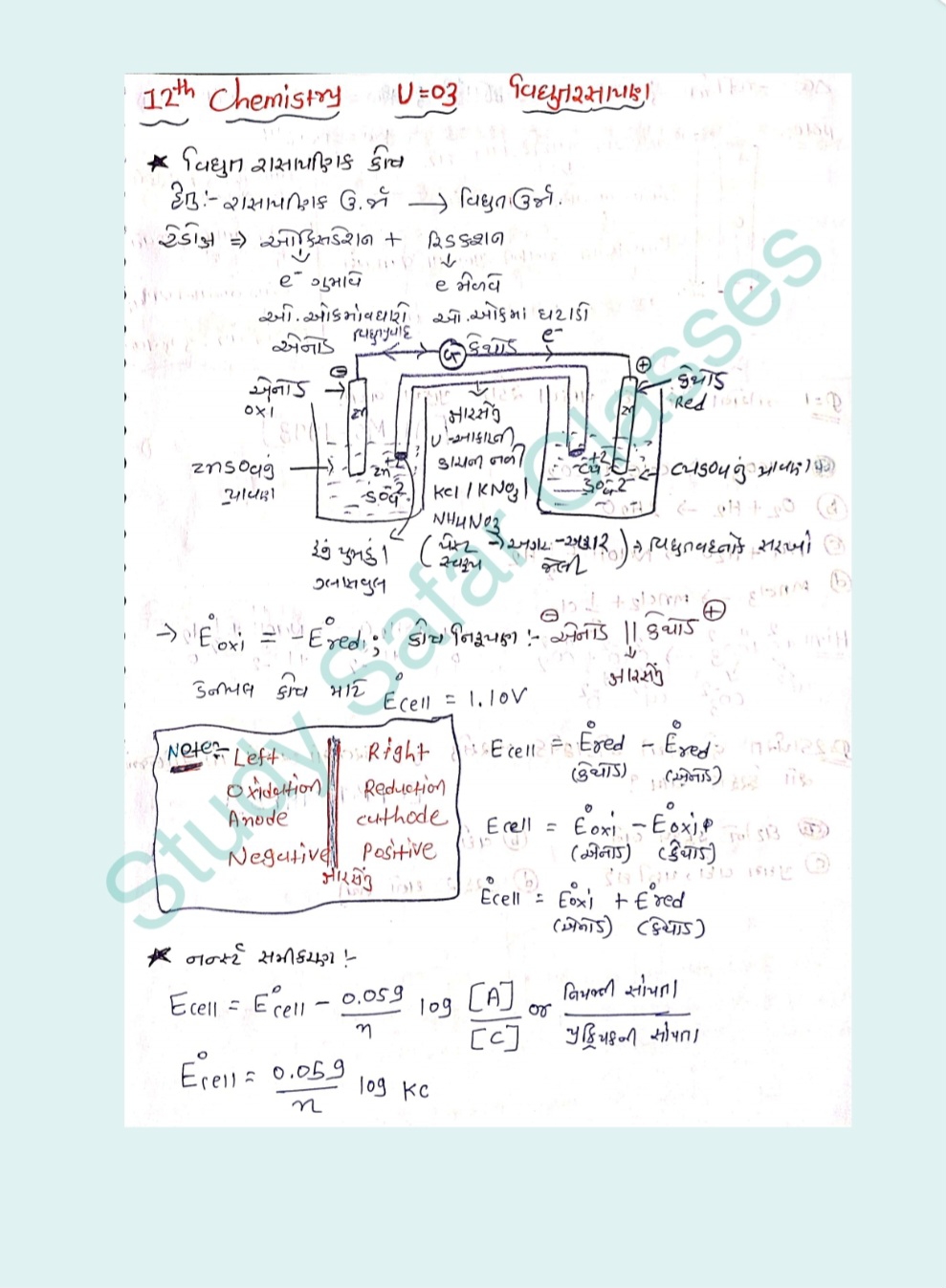Endomembrane System ||Eukaryotic cell ||Cell unit of life||Ch-8||11th Biology||IMP for NEET||Bhumimam||Study Safar Classes

Among eukaryotes, there are many cell organelles which are bound by membrane similar to that of cell membrane,and these are distinct in terms of structure and functionsome membrane bound organelles work together in asystem known as endomembrane system, because their functions are co-ordinated with each other.It comprises a group of membrane bound organelles thatwork together in protein and lipid synthesis; its processing,packaging and transport to their respective locations inside a cell . Endomembrane system includes Endoplasmic Reticulum, Golgi complex, Lysosomes and Vacuole.


